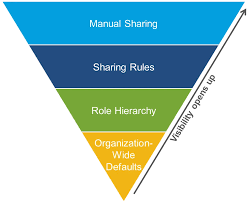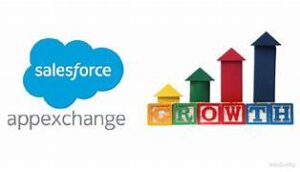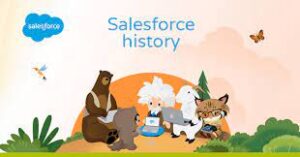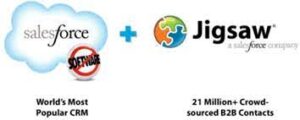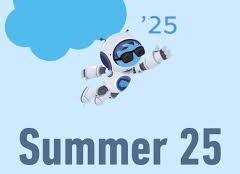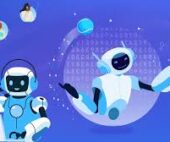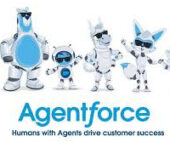The tech industry is abuzz with talk of AI agents, but what can they actually accomplish? Amid the noise, Salesforce has introduced a practical five-level framework—the Agentic Maturity Model—that clarifies the real capabilities and limitations of today’s AI agents.
The Problem with AI Agent Hype
AI agents are often overpromised, vaguely defined, and limited by ecosystem barriers. Major players like Microsoft and Google tout AI agents for everything from enterprise workflows to personal computing, yet many of these tools remain constrained by data silos and interoperability issues.
Salesforce’s framework provides a structured way to assess AI agent maturity, helping businesses distinguish between basic automation and truly intelligent, cross-platform AI systems.
The 5 Levels of AI Agent Maturity
Level 0: Fixed Rules & Repetitive Tasks
- Definition: Automation of repetitive tasks using predefined rules—no AI reasoning or learning.
- Example: Email filters that sort messages based on sender or keywords.
- Why it matters: This is the foundation. Before adding intelligence, businesses must automate routine processes.
Level 1: Information Retrieval Agents
- Definition: Agents that fetch and analyze data to recommend actions.
- Example: A troubleshooting bot that searches knowledge bases to suggest fixes.
- Limitation: Restricted to data within a single ecosystem (e.g., Microsoft Copilot can’t access Google Docs).
Level 2: Simple Orchestration, Single Domain
- Definition: Agents that execute multi-step workflows within one data environment.
- Example: Notion AI summarizing notes from a user’s private workspace.
- Challenge: Still siloed—cannot integrate external data sources.
Level 3: Complex Orchestration, Multiple Domains
- Definition: Agents that autonomously coordinate workflows across different systems.
- Example: A social media manager AI that posts to Facebook, X, and LinkedIn via APIs.
- Obstacles:
- API limitations (e.g., Facebook blocks third-party tools from posting to personal profiles).
- Screen-scraping workarounds are unreliable due to frequent UI changes.
Level 4: Multi-Agent Orchestration
- Definition: Teams of AI agents working together across disparate systems, supervised by a central AI.
- Example: A news aggregation system where:
- One agent scans headlines.
- Another drafts articles.
- A third selects images.
- A final “editor” agent publishes the content.
- Reality Check:
- Mostly viable in controlled enterprise environments.
- Requires heavy IT oversight to normalize data and manage agent interactions.
Why This Framework Matters
Salesforce’s model demystifies AI agent capabilities, helping businesses:
✅ Evaluate vendor claims (Is it Level 2 or Level 4?).
✅ Plan AI adoption (Start with Level 0 automation, then scale up).
✅ Avoid ecosystem lock-in by understanding data interoperability challenges.
Final Verdict: A Much-Needed Reality Check
While AI agents hold immense potential, most current implementations are far from autonomous. Salesforce’s framework provides a clear, honest roadmap—helping businesses cut through the hype and adopt AI agents strategically.
For now, Levels 0-2 are widely achievable, while Levels 3-4 remain aspirational for most organizations. The key takeaway? AI agents are evolving, but true cross-platform intelligence is still a work in progress.
What’s Next?
Businesses should:
- Audit current automation (Are you at Level 0 or Level 1?).
- Identify high-value AI use cases before investing in complex orchestration.
- Demand transparency from vendors—ask where their agents fall on this scale.
Salesforce’s framework is a wake-up call: AI agents are powerful, but not magic. The future lies in practical, phased adoption—not blind hype.

